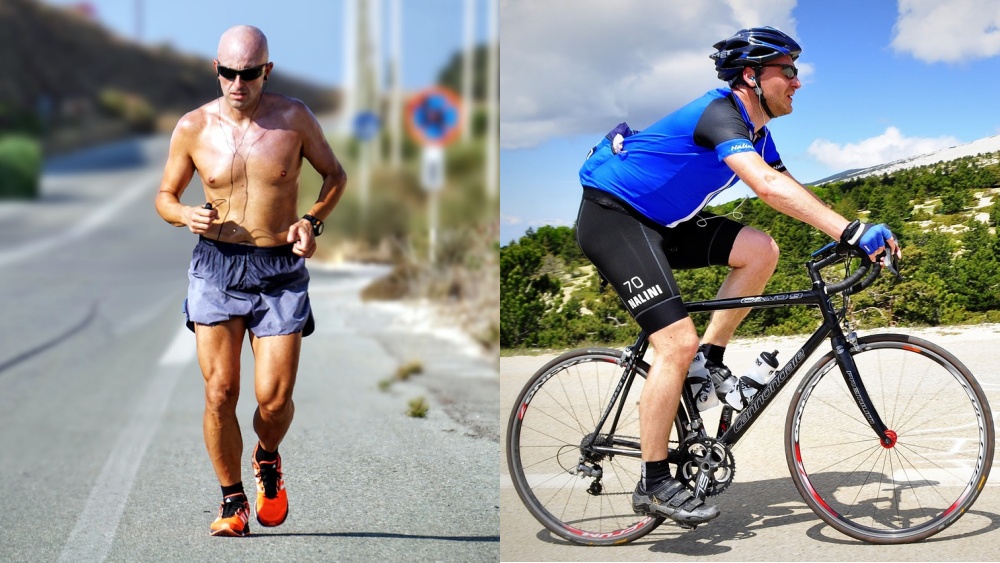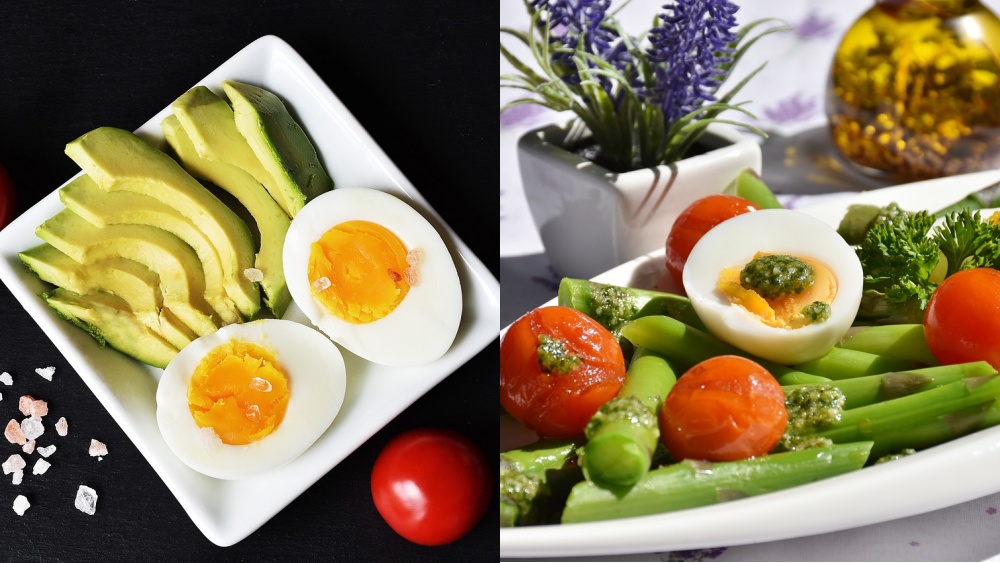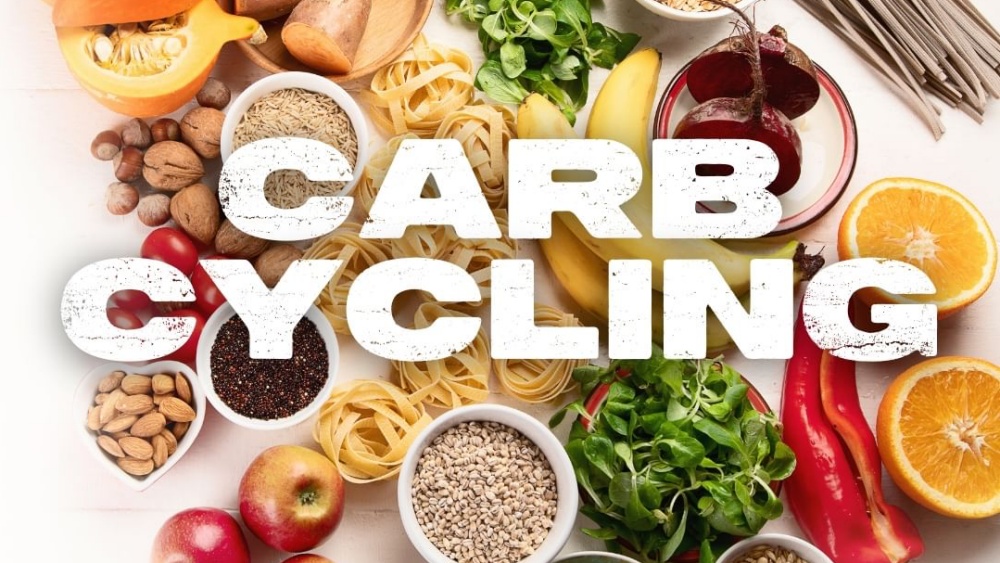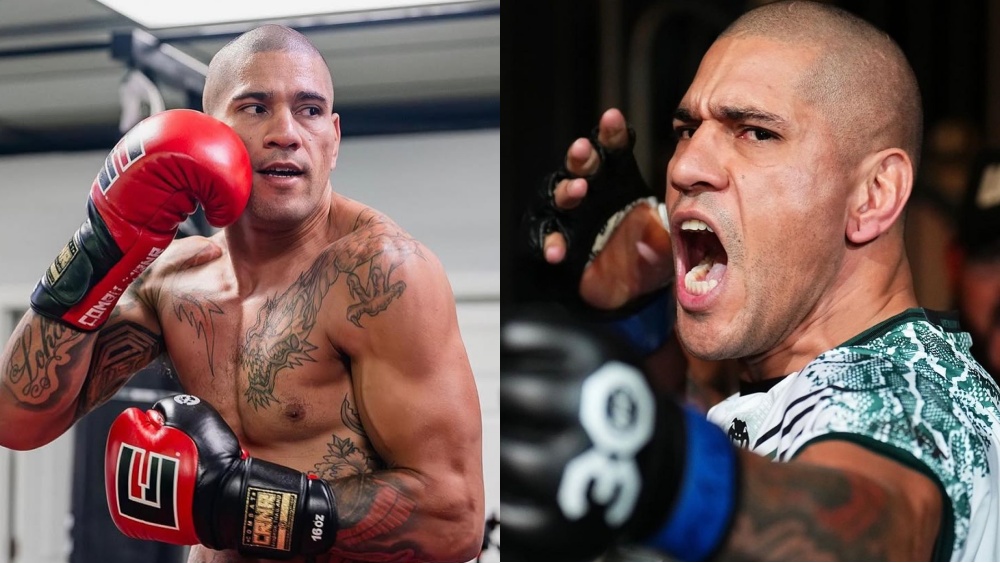As is the case with any form of physical exercise, martial arts training can sometimes leave your body sore, especially if you don’t warm up or cool down before and after your training. Fortunately, you can use sports recovery tools to recover faster from each training session.
It doesn’t matter if you’re only training to get into better shape, learn self-defense, or prepare for a tournament. Doing little things to make your recovery after each training session more efficient gets your body ready for the next one, making your training more productive.
Five Essential Sports Recovery Equipment All Martial Artists Should Own
Recovery is one of the most overlooked aspects of training, yet it can significantly impact the effectiveness of your training sessions, especially as you age. Young athletes might get away with not warming up before their workouts or not cooling down afterward, but older athletes are typically forced to take recovery more seriously as their bodies don’t recover as fast. Besides making your training sessions more effective, using recovery tools reduces your risk of picking up injuries as you train.
Here are some recovery tools that will help you recover from your martial arts training sessions:
1) Foam Roller
The foam roller is one of the most commonly used recovery tools. It is primarily used to release muscle tension, increase your range of motion, and alleviate muscle soreness. Foam rolling can sometimes be intense, but it is a massive game-changer when it comes to recovery when done correctly.
Start slow if you’re new to using foam rollers, and focus on taking deep breaths when using one. You should also experiment with foam rollers of different densities, shapes, and sizes to find what works best for you.
2) Massage Gun/Chair
Massage guns are another useful tool that can help with recovery after a hard training session. Massage guns are hand-held tools that often look like power drills. Some even sound just like power drills when turned on. These devices can be wireless or wired and typically come with various attachments that target your muscles differently.
Massage guns typically work by vibrating at a high frequency with a low movement amplitude to imitate how your muscles are stimulated when getting a manual massage. The vibrations the device creates promote quick recovery after workouts and reduce post-workout soreness. This leads to improved performance in your subsequent workouts.
A massage chair is a more comprehensive version of the massage gun. It provides the same benefits but targets a wider area simultaneously, like your neck, back, and shoulders. They are typically made up of massage pads that fit most chairs, and some also provide heat. Consider getting both if you train a lot since both tools significantly help with recovery.
3) Ice Bath
You’ve probably seen videos of your favorite professional athletes lowering themselves into giant tubs of ice-cold water after training sessions. The practice is called cold therapy and is an effective way to speed up recovery and reduce soreness.
There are countless ways to make an ice bath. The main two ingredients are ice and water. You can use a bathtub, barrel, kiddie pool, and many other things for the bath that holds the water and ice. If you’re a serious martial artist or athlete, you should consider getting ice bath machines that make their own ice and circulate the water in the batch. You can even make mini ice baths for smaller parts of the body.
For example, you can dip sore hands or feet into a bucket filled with ice and water and enjoy the same benefits. However, full body immersion is typically the best approach since training martial arts like Brazilian Jiu-Jitsu, Muay Thai, and Boxing typically works most muscles in your body.
You don’t need to start with freezing cold water if you’re new to using ice baths as a recovery tool. Aim to get the water to about 11 to 20 degrees Celsius the first few times you jump into an ice bath. Start by soaking yourself for about five minutes and gradually move up to 10-minute ice bath sessions.
While ice baths are one of the most effective ways to speed up recovery, the practice isn’t safe for everyone. People with health conditions like high blood pressure, heart disease, diabetes, poor circulation, peripheral neuropathy, cold agglutinin disease, and venous stasis should check with their doctor to determine if ice baths are safe for them.
Some of the benefits of jumping into an ice bath after your martial arts training sessions include:
- Reduces your internal body temperature;
- Alleviates sore muscles;
- Leads to better sleep;
- Improves focus, and;
- Reduces inflammation.
4) Resistance Bands
Stretching is one of the most underrated recovery tools. You don’t need resistant bands to stretch, but they can help you take your stretches to the next level. Many people have a misconception that it’s better to stretch before your workouts, but that isn’t true. Dynamic stretches are okay when you’re preparing for a workout session, but static stretches are better suited for after your workouts. Dynamic stretches are repetitive movements that stretch the tendons, ligaments, and muscles in your joints, while static stretches involve holding poses for a fixed amount of time.
Stretching helps to reduce tension in your muscles and joints after your training sessions, improves your flexibility and mobility, improves blood circulation, and reduces muscle soreness following your workout.
5) Infrared Sauna Blanket
Infrared sauna blankets are great for stress relief and workout recovery. They are heavy blankets that radiate heat all over your body. They help to reduce muscle tension and soreness in your body after your training sessions. Other benefits of sauna blankets include:
- It gives your immune system a boost;
- Helps with weight loss;
- Detoxes the body, and;
- Increased metabolism.
You can use a sauna blanket while relaxing at the end of your day, like when you’re laying on the couch watching TV. It’s a small piece of equipment that can be easily put away, and it only takes seconds to set up for use.
You may also like:
12 Functional Exercises For Martial Artists
6 Simple 5-Minute Daily Workouts To Complement Your Martial Arts Training
















